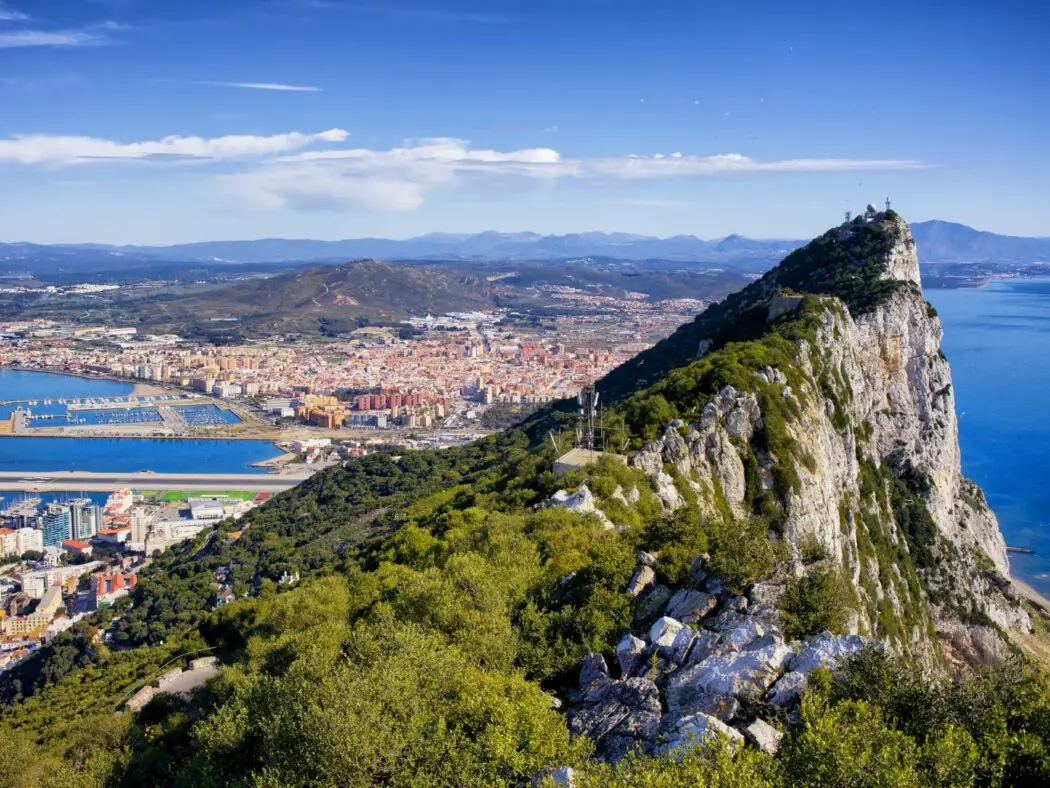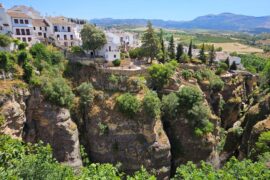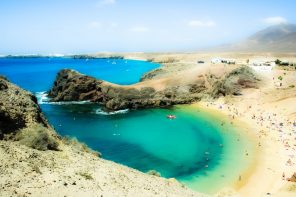When you think of holidays, you probably think of Spain, the coastlines, Ibiza, and sunbathing. However, when it’s not summer and the crowds are no longer packing out the Costa Brava and Mallorca, where can they be found?
Madrid and Barcelona are the typical choices for travellers who go to Spain for a cultural visit instead of a beach holiday. However, during the year these huge cities can become overcrowded with tourists both from Spain and abroad. Let’s not forget they are also Spain’s two largest cities. Visiting can be a great experience yet quite exhausting.
Luckily Spain has plenty of alternative options for a traveller who wants a cultural experience while still being able to have enough time to enjoy a tapa, glass of wine, or even walk in Spain’s stunning countryside.
Simply ensure you fulfil all ETIAS requirements, get your travel documents ready, and begin to plan for a memorable trip to Spain. Here are a few different authentic Spanish destinations that are sure to impress.
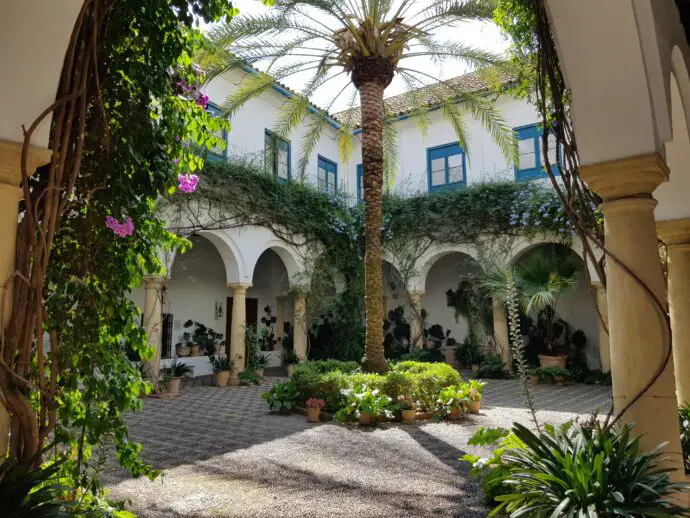
Take advantage of the Spanish railway system
Whether you want to enjoy some of Spain’s other large cities or landscapes away from the urban areas, there’s a good chance you’ll still need to fly into either Madrid or Barcelona. Upon arrival, you can use the Spanish rail network to get just about anywhere in the country.
Spain is home to an excellent high-speed rail system. It’s the most extensive network in Europe and the largest worldwide. This will be especially useful if you travel by train from Madrid. One of the best budget options would be a quick trip to Ávila and Segovia. Both are medieval-style cities and not far from the Spanish capital.
Taking advantage of the Spanish railway also means quick and comfortable journeys down into southern Spain. One of the typical choices for travellers in Spain will be deciding to go to either Seville or Granada.
Luckily with the train, you can easily make it to both cities during your holidays.
Head to Seville
This isn’t exactly off the beaten path, and you would surely cross paths with other tourists. However, if you go to Spain, Seville should be on any visitor’s list. It’s home to some of Spain’s most iconic landmarks and architecture and is also considered by many to be the birthplace of flamenco.
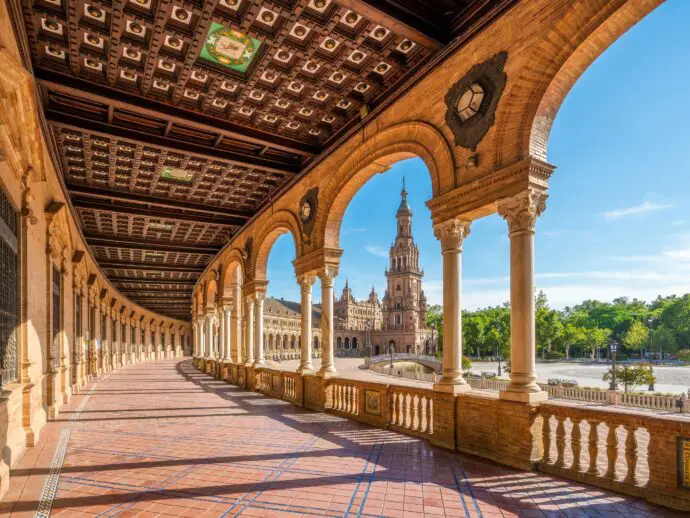
The best time to visit Seville is arguably during the springtime. Summer in Seville can be scalding, and the spring offers pleasant temperatures to walk around the city which is much easier to get around than Madrid or Barcelona. During the Feria de Abril festival, you can enjoy the colourful atmosphere and the locals in their flamenco dresses.
Plan a route between Córdoba and Granada
There are smaller cities in Southern Spain that offer an interesting look into the past. Both Cordoba and Granada at times are often overshadowed by Seville and Malaga but have so much to offer. Both have incredible examples of Moorish architecture, the Great Mosque which is found in Córdoba and the Alhambra which you can visit in Granada.
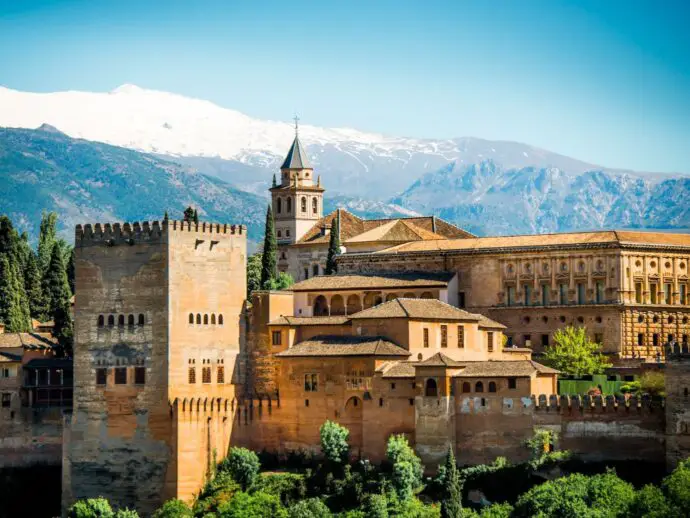
Don’t forget that you can try some authentic salmorejo in Cordoba which is one of Spain’s favourite dishes, especially during the late spring and summer months. Don’t miss the Cordoba Patios Festival either, which is held each year in May. Granada is also well known for its free tapas that you can receive when you order a drink.
Take a flight or ferry to Morocco
As an alternative idea, you can use Spain’s proximity to Africa to visit Morocco as there are various ways to get there quickly and for little expense. Low-cost flights are available to Morocco from many airports throughout the country and a ferry from Tarifa, located in the province of Cadiz, can also get you there quickly.

If you can add Morocco to your itinerary, try to visit the Hassan II Mosque in Casablanca or go sightseeing in Marrakech. A day trip to either of these locations should spice up your holiday.
Enjoy Valencia, not just the beach
Heading to the coast is not unusual for holiday travellers in Spain. However, Valencia should be seen as much more than just the beach. The City of Arts and Sciences is one of the most interesting places to visit in Spain both for its architecture and science museum. While paella can be enjoyed anywhere in Spain it’s especially delicious in Valencia.
Go trekking in the Pyrenees
If you are interested in a holiday surrounded by mountains and lakes, then the Pyrenees in northern Spain is the perfect place. Huesca and the Catalan Pyrenees are especially beautiful. They offer many places to enjoy trekking in nature and see spectacular views of the landscape. Unlike in the south or coastal areas, this can typically be done even during the summer months. There are also some lovely towns to visit in the region and ski resorts if you fancy going for a holiday that offers skiing and snowboarding.
These destinations offer an ideal way to discover your Spanish adventure beyond the massive urban zones of the larger cities.

